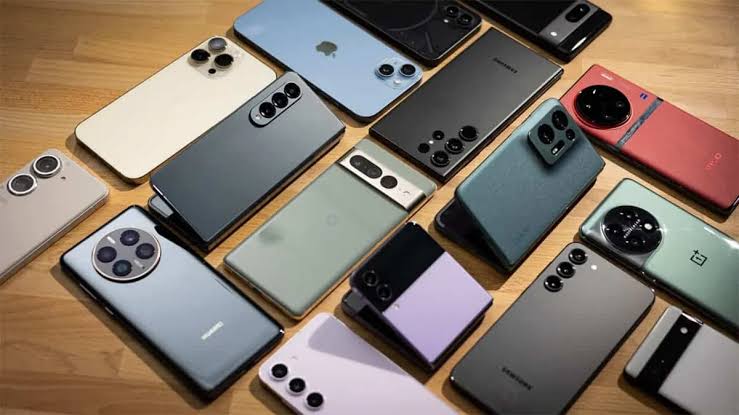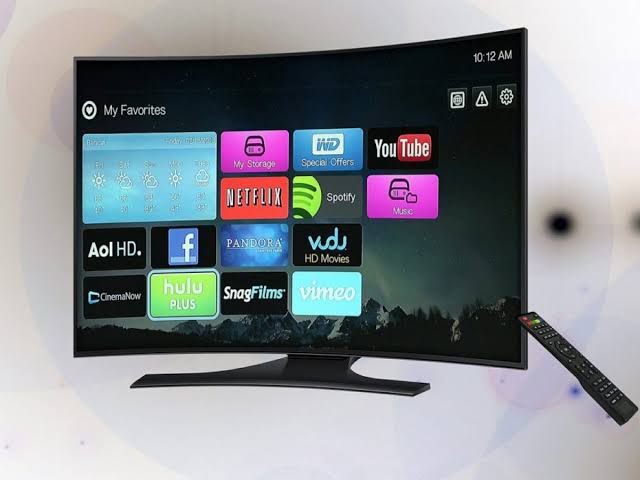Biometric authentication has rapidly shifted from being an experimental technology to a core component of everyday devices. Fingerprint scanners, face recognition, and iris scans are already common in smartphones, laptops, and access systems. As digital threats grow more sophisticated, the demand for secure, reliable, and user-friendly authentication methods is stronger than ever. Biometric gadgets are expected to play a central role in shaping the future of authentication, providing seamless experiences while reinforcing cybersecurity.
Expanding Use of Biometric Gadgets
Biometric authentication is no longer limited to high-end smartphones. The technology is expanding across gadgets such as smartwatches, fitness trackers, smart home devices, and even connected cars. By integrating sensors that detect unique biological features, these devices provide identity verification without requiring traditional passwords or PIN codes.
In the near future, biometric-enabled wearables will become more common for financial transactions, secure access to personal devices, and authentication in digital workplaces. This shift will minimize reliance on passwords, which remain vulnerable to phishing and data breaches.
Multimodal Biometric Systems
One of the key trends in biometric gadget development is multimodal authentication. Instead of relying on a single identifier like a fingerprint, multimodal systems combine two or more biometric traits, such as face recognition with voice authentication or fingerprint scanning with iris recognition.
This layered approach significantly enhances security, making it harder for unauthorized users to bypass authentication. Many future gadgets are expected to adopt multimodal systems to ensure both accuracy and convenience, especially in sectors like banking, healthcare, and government services.
Biometric Gadgets in Financial Security
The financial industry is one of the fastest adopters of biometric gadgets. Mobile banking apps, payment systems, and digital wallets increasingly use fingerprint and face recognition to authorize transactions. Smart cards with built-in fingerprint scanners are also emerging as replacements for traditional bank cards.
In the future, biometric gadgets will allow consumers to make payments through wearable devices, verify identity during online purchases, and even enable secure cryptocurrency transactions without needing complex passwords. This integration will strengthen financial security while offering smoother user experiences.
Workplace and Enterprise Authentication
As remote work and digital collaboration expand globally, businesses are prioritizing stronger security solutions. Biometric gadgets are expected to play a vital role in enterprise authentication. Employees will use wearables, smart badges, or biometric-enabled devices to log into systems, access sensitive files, and enter secure office spaces.
Such gadgets will reduce dependency on password management systems and help organizations comply with stringent data security regulations. This approach will also minimize insider threats by ensuring that only verified individuals gain access to business-critical systems.
Healthcare Applications of Biometric Gadgets
In healthcare, biometric gadgets will enhance both security and patient safety. Wearables that can authenticate a patient’s identity using fingerprints, heart rhythm, or facial recognition will prevent medical errors and ensure that the right treatment is administered. Healthcare professionals can also use biometric authentication to access patient records securely, reducing the risk of data leaks.
Additionally, biometric gadgets can track unique health metrics that double as identifiers. For example, heart rate patterns and oxygen levels may serve as personalized biometric markers in the future, offering a more holistic form of authentication.
Advances in Biometric Sensors
Future biometric gadgets will rely on more sophisticated sensors capable of detecting fine details in biological features. For instance, advanced infrared sensors will enhance face recognition even in low light conditions, while ultrasonic fingerprint scanners will capture deeper skin layers, making spoofing almost impossible.
Voice authentication gadgets will also improve through AI-driven algorithms that recognize subtle tones, accents, and vocal patterns. These advancements will make biometric authentication not only more secure but also more inclusive, accommodating diverse users.
Privacy and Ethical Considerations
The growing reliance on biometric gadgets raises important concerns about data privacy and ethical use. Unlike passwords, biometric data cannot be changed once compromised, making secure storage and processing essential. Future gadgets will likely integrate decentralized storage models and on-device processing to ensure biometric data never leaves the user’s gadget.
Regulations will also play a role in governing how biometric information is collected, shared, and stored. Transparency and consent will become critical to maintaining user trust as biometric gadgets expand globally.
Integration with AI and IoT
Artificial intelligence and the Internet of Things will greatly influence the future of biometric gadgets. AI will enhance recognition accuracy by adapting to changes in a user’s appearance, such as aging or injuries, while IoT devices will enable interconnected authentication. For example, a smart car could verify a driver’s identity through a wearable device before unlocking and starting the engine.
This seamless integration will create ecosystems where multiple gadgets work together to authenticate users across different environments, from homes to offices and public spaces.
Conclusion
The future of biometric gadgets for authentication purposes promises stronger security, broader applications, and more seamless user experiences. With advancements in sensors, multimodal systems, and AI-driven technologies, these gadgets will become standard in sectors like finance, healthcare, workplaces, and personal devices.
While challenges related to privacy and ethical use must be addressed, biometric gadgets are set to replace traditional authentication methods, creating a future where identity verification is both effortless and highly secure.




Indeed AI authentication has been a great advancement and help to technology and it has also strengthened biometric gadgets use